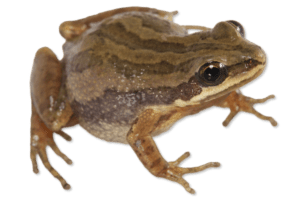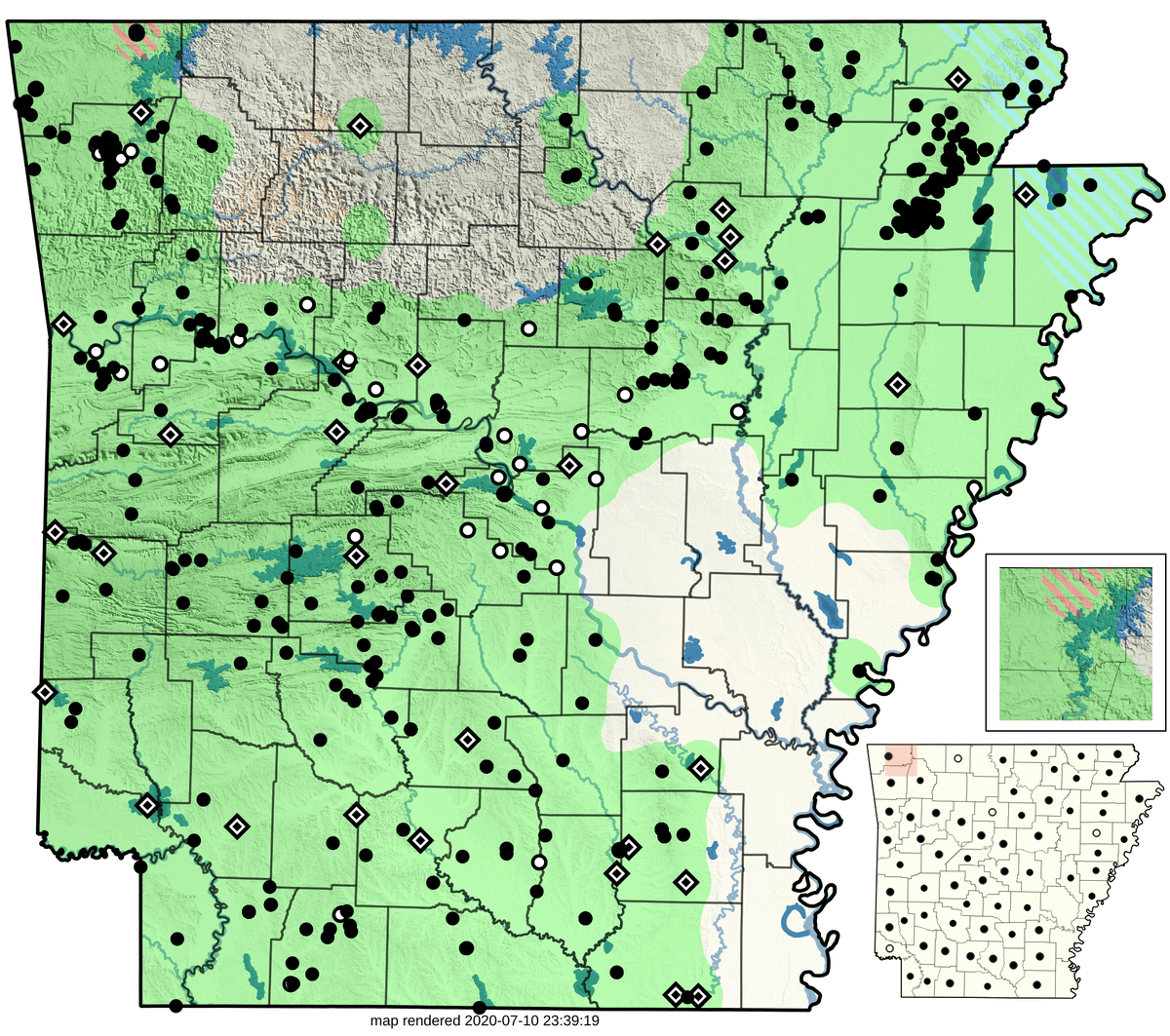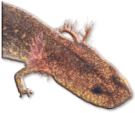
Species: P. feriarum (Upland Chorus Frog), P. fouquettei (Cajun Chorus Frog), and P. maculata (Boreal Chorus Frog)

Species of Greatest Conservation Need (for P. maculata only)
Arkansas Herpetological Atlas 2019
This species is represented by 1,319 records from 35 sources: 1,234 museum ( ), 0 literature (
), 0 literature ( ), 0 research (
), 0 research ( ), and 54 observation (
), and 54 observation ( ), with 31 additional Trauth et al. (2004) locality points remaining unsourced (
), with 31 additional Trauth et al. (2004) locality points remaining unsourced ( ). It has been museum vouchered for 61 of 75 counties (
). It has been museum vouchered for 61 of 75 counties ( ), with 4 additional counties having other forms of reported occurrence (
), with 4 additional counties having other forms of reported occurrence ( ). Years of collection range from 1921 to present.
). Years of collection range from 1921 to present.
This species complex occurs throughout much of the state, although undocumented from a large portion of the northcentral Ozark Highlands, Grand Prairie region, and the southeast corner of the state along the Mississippi River. Species are essentially indistinguishable by field characters, but P. fouquettei (■) is the most widespread in the state. Pseudacris maculata (■ – inset) has been confirmed by genetic analysis from the Pea Ridge National Military Park (PRNMP), Benton County (J. T. Collins and E. Moriarty Lemmon, pers. comm.). Additional samples from northwest Arkansas, including Gentry and Maysville, Benton County; Huntsville, Madison County; and west of PRNMP, Benton County; have all proven out as P. fouquettei (J. T. Collins, M. Connior, and E. Moriarty Lemmon, pers. comm.). Pseudacris feriarum (■) has not been confirmed in the state, but may occupy portions of the extreme northeast corner, although samples from near Jonesboro, Craighead County, have proven out as P. fouquettei (Moriarty Lemmon et al., 2008).















































































